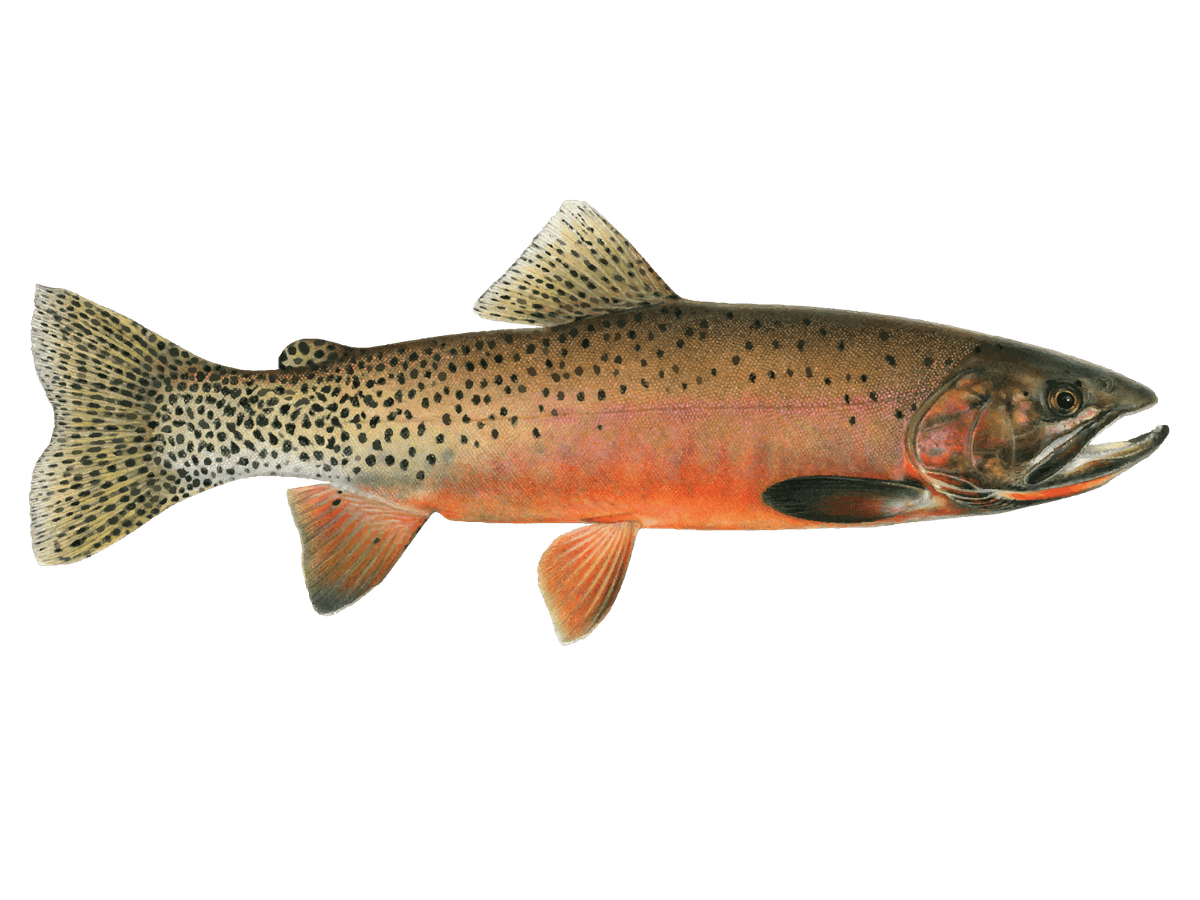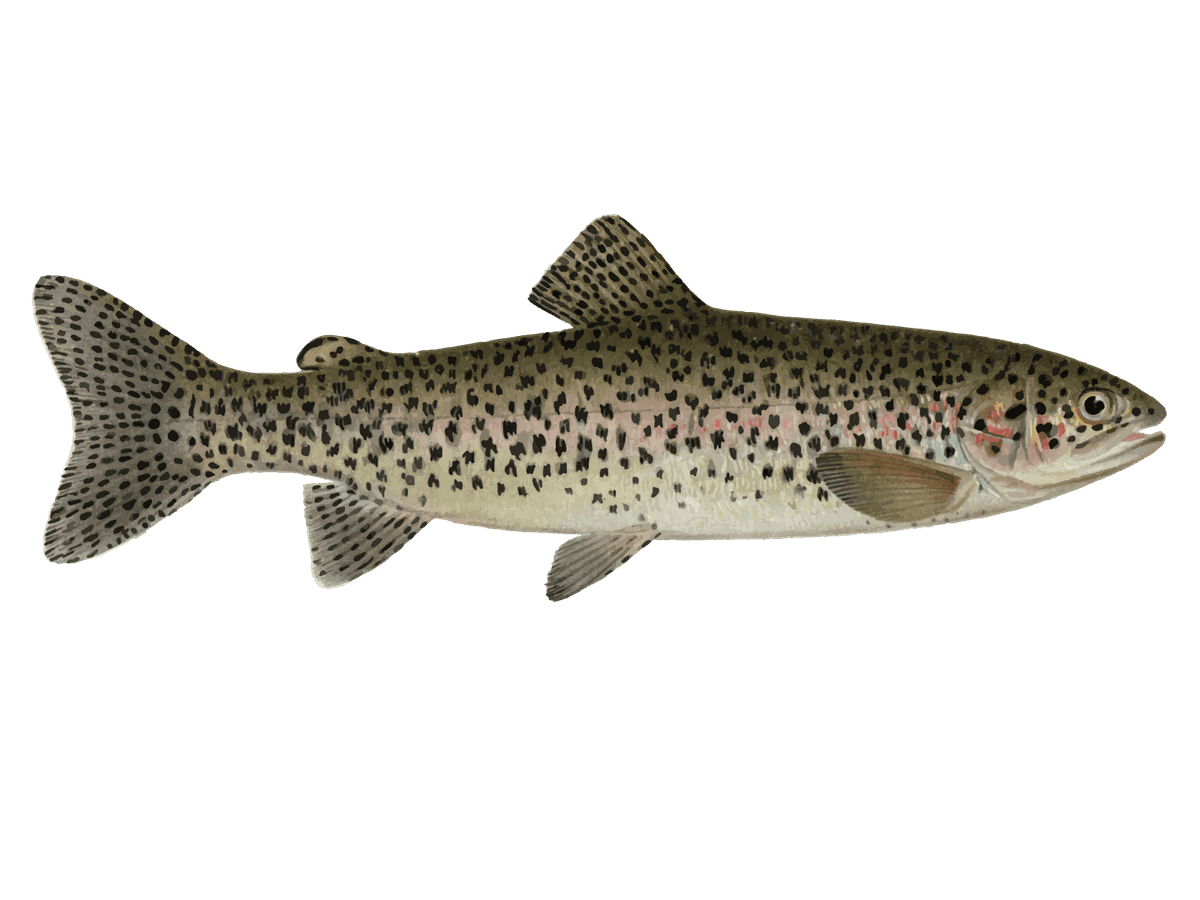Premier Salmon & Steelhead Rafting in Oregon
- Published Date: July 16, 2025
- Fishing
- Portland, OR
- $275 - $600 price range
Summary
%2F%2Fusers%2F635b6aac-4573-4d1d-8771-2342d0933039%2Fratecard%2F20240611_150324.jpg&w=1200&q=75)
Reel Action Shots
Raft Fishing for Salmon and Steelhead
Trip Overview
Hey there, fellow anglers! Ready for a day of epic fishing that'll knock your waders off? Hop aboard our 14' NRS Fishing raft and let's explore the hidden gems of the Willamette Valley and Oregon Coast Tributaries. This ain't your average fishing trip - we're talking about chasing salmon and steelhead in waters that most folks don't even know exist. It's just you, a buddy, and miles of pristine river to ourselves. No crowds, no fuss, just pure fishing bliss. We'll be targeting some of Oregon's most prized game fish, including rainbow trout, steelhead, Chinook salmon, and cutthroat trout. So grab your gear and let's hit the water for a day you won't forget!
What to Expect on the Water
Listen up, because this is where the magic happens. We'll be drifting down lesser-known stretches of river, far from the madding crowds. Our NRS raft is the perfect platform for this kind of fishing - stable enough to stand and cast, but nimble enough to access those hard-to-reach honey holes. We'll be using a mix of techniques depending on the conditions and target species. Expect to do some fly fishing, some conventional casting, and maybe even some good old-fashioned bait fishing if that's what the fish are craving. I'll be on the oars, guiding us through the riffles and pools, pointing out prime lies where big fish like to hang out. And don't worry if you're new to this - I'll walk you through every step, from rigging your line to setting the hook when a chrome-bright steelhead slams your lure.
Why Anglers Keep Coming Back
Let me tell you, there's something special about fishing these waters that keeps folks coming back year after year. Maybe it's the thrill of hooking into a wild steelhead in a stretch of river that looks like it hasn't changed in a thousand years. Or perhaps it's the heart-stopping moment when a big Chinook salmon decides your fly looks tasty and nearly yanks the rod out of your hands. But I reckon it's more than just the fish - it's the whole package. The mist rising off the river in the early morning, the osprey circling overhead, the feeling that you're in on a secret that most of the world doesn't know about. And let's not forget the camaraderie - there's nothing like sharing a day on the water with a good friend or family member, swapping stories and creating new ones. This trip is all about getting back to what fishing is really about - good times, great catches, and memories that'll last a lifetime.
Species You'll Want to Hook
Alright, let's talk fish. We've got four main players in these waters, and each one is a prize in its own right. First up, rainbow trout. These beauties are the bread and butter of our rivers, known for their acrobatic fights and stunning colors. They're here year-round, but really shine in the spring and fall. Next, we've got steelhead - the sea-run version of rainbows and the holy grail for many anglers. These chrome-bright torpedoes will test your skills and your gear. Winter and summer runs give us opportunities almost all year. Chinook salmon, also known as kings, are the heavyweight champs of our rivers. Fall is prime time for these brutes, and hooking one is like trying to stop a freight train with a fly rod. Last but not least, cutthroat trout - the native char of our coastal streams. They might not get as big as the others, but what they lack in size they make up for in beauty and willingness to take a fly.
Top Catches This Season
Rainbow Trout: These guys are the perfect warm-up act. Averaging 12-18 inches, they're feisty fighters that'll keep you on your toes. Look for them in faster riffles and at the heads of pools. They're suckers for well-presented dry flies, but won't turn their nose up at a nymph or small streamer. Best time to target them is spring through fall, but you can find them year-round if you know where to look.
Steelhead Trout: Now we're talking. These sea-run rainbows are the stuff of legend. Averaging 6-12 pounds, with some topping 20, they're the ultimate test of an angler's skill. Winter-run fish show up from November through March, while summer-run steelhead peak from June to September. They love to hug the seams between fast and slow water, and nothing beats the heart-stopping strike of a steelhead hitting a swung fly or a drifted jig.
Chinook Salmon: The kings of the river, literally. Fall Chinook start showing up in September and stick around through November. These bruisers can top 40 pounds, and even an average 20-pounder will give you the fight of your life. They tend to hold in deeper pools and runs, especially around structure. Patience and persistence are key here - when you hook one, you'll know why they call 'em kings.
Cutthroat Trout: Our native char, and a favorite among fly anglers. These gorgeous fish, with their distinctive orange slashes under the jaw, average 8-14 inches in our streams. They're aggressive feeders and will often be the first to rise to a dry fly. Look for them in slower water, especially around undercut banks and woody debris. Spring and early summer are prime time for cutthroat, but you can find them year-round in coastal streams.
Time to Book Your Spot
Well, folks, if your fishing arm is itching and you're already dreaming of misty mornings on the river, it's time to lock in your date. Remember, we're talking about some of Oregon's best-kept secrets here, so spots fill up fast. Whether you're a seasoned pro looking to add some new water to your repertoire, or a newbie eager to learn the ropes, this trip is tailor-made for you. We provide all the gear you need, from rods to rafts, so all you need to bring is your sense of adventure (and maybe a lucky fishing hat). So what are you waiting for? Give us a call, shoot us an email, or carrier pigeon if that's your thing. Let's get you out on the water and into some fish. Trust me, once you experience the magic of these hidden rivers, you'll be hooked for life. See you on the water!
Learn more about the species
Chinook Salmon
Chinook salmon, also called kings, are the heavyweights of our local salmon. They usually run 12 to 39 inches, but 30-pounders aren't uncommon. You'll find them in the deeper parts of rivers and streams, especially early morning or evening when they're most active. Fall is prime time as they return from the ocean to spawn. Anglers love targeting kings for their hard-fighting nature and excellent taste. These fish will make your reel scream and your arms burn. When fishing for them, I like to use weighted baits to get down where they're holding. A local secret: try bright-colored flies on sunny days and darker patterns when it's cloudy. Keep your drag set right - these powerhouses can snap light line in a heartbeat.

Cutthroat Trout
Cutthroat trout are a local favorite, named for the distinctive red slash under their jaw. They're usually smaller than rainbows, ranging from 6 to 20 inches in our streams. You'll find them in clear, cold water, often near fallen trees or undercut banks. These fish are a blast on light tackle, known for their eagerness to take a fly. Spring and early summer are great times to target them. Cutthroats aren't typically as big as other trout, but they make up for it with their beautiful coloration and the pristine places they live. When fly fishing, I like to "match the hatch" with smaller nymphs or dry flies. Here's a tip: approach quietly and cast upstream - cutthroats can be skittish in shallow water.

Rainbow Trout
Rainbow trout are a favorite around here, usually ranging from 8 to 24 inches. You'll find them in cool, clear streams and rivers, often near gravelly shorelines or downstream flows. They love hanging out by cover like logs or rocks. These fish put up an awesome fight, with acrobatic jumps that'll get your heart racing. Spring and fall are prime seasons, but you can catch them year-round. Rainbows are prized for their tasty pink flesh too. When fly fishing, I like to use nymphs or dry flies, depending on what they're feeding on. A local trick: try emergers or buggers in the late evening when they're most active. Keep your line tight and be ready for those sudden bursts of energy - rainbows are known for their strength and speed in the water.

Steelhead Trout
Steelhead are sea-run rainbow trout that spend a few years in the ocean before returning to our rivers. They're typically larger than their freshwater cousins, averaging 24 inches but sometimes reaching 45 inches. Look for them in deeper pools and runs, especially during their fall-to-spring spawning migrations. Steelhead fishing is challenging, but that's what makes landing one so rewarding. These fish are incredibly strong and will test your skills with long runs and aerial displays. For the best shot at hooking up, try swinging flies with a spey rod - a 13.5-foot 7-weight is my go-to. If you're new to it, don't get discouraged. Persistence pays off with steelhead. A tip from me: focus on fishing the softer water near faster currents where they like to rest.

About the 2024 NRS Raft
%2F%2Fusers%2F635b6aac-4573-4d1d-8771-2342d0933039%2Fvehicle_picture%2F0.jpg&w=1200&q=75)
Vehicle Guest Capacity: 2
%2Ffit-in%2F250x250%2Fguide_websites%2F1412%2Fimages%2F1729229520891screenshot2024-10-18132921.png&w=1200&q=100)


%2Fusers%2F635b6aac-4573-4d1d-8771-2342d0933039%2Fimages%2Fcoho-salmon-aumsville-fishing-2462.jpg&w=768&q=75)
%2Fusers%2F635b6aac-4573-4d1d-8771-2342d0933039%2Fimages%2Ffive-rainbow-trout-oregon-2611.jpg&w=768&q=75)
%2Fusers%2F635b6aac-4573-4d1d-8771-2342d0933039%2Fimages%2Faumsville-fishing-adventure-2431.jpg&w=768&q=75)
%2Fusers%2F635b6aac-4573-4d1d-8771-2342d0933039%2Fimages%2Fchinook-salmon-fishing-or-2687.jpg&w=768&q=75)
%2Fusers%2F635b6aac-4573-4d1d-8771-2342d0933039%2Fimages%2Ffishing-fun-aumsville-2444.jpg&w=768&q=75)
%2Fusers%2F635b6aac-4573-4d1d-8771-2342d0933039%2Fimages%2Fcoho-salmon-aumsville-fishing-2506.jpg&w=768&q=75)
%2Fusers%2F635b6aac-4573-4d1d-8771-2342d0933039%2Fimages%2Fchinook-salmon-fishing-or-2620.jpg&w=768&q=75)
%2Fusers%2F635b6aac-4573-4d1d-8771-2342d0933039%2Fimages%2Fcoho-salmon-catch-oregon-2566.jpg&w=768&q=75)
%2Fusers%2F635b6aac-4573-4d1d-8771-2342d0933039%2Fimages%2Fcoho-salmon-fishing-oregon-2487.jpg&w=768&q=75)
